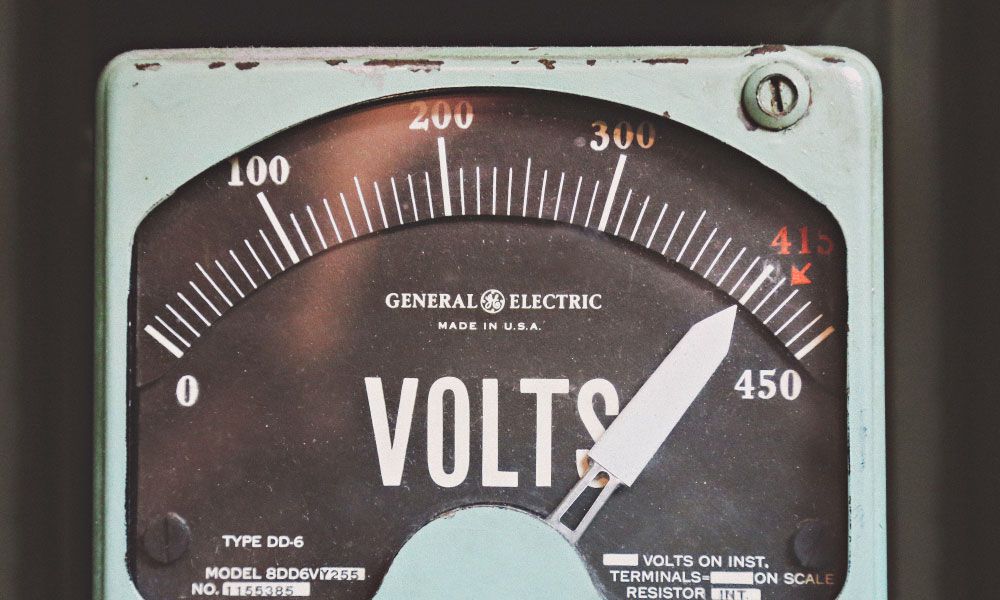Early power plants in Texas produced electricity primarily from coal, steam, or hydroelectric energy. Today, Texas still generates electricity from some of these traditional sources but increasingly relies on natural gas as well as renewable resources, primarily wind.
According to ERCOT, nearly half of Texas’ electricity was generated by natural gas-fired power plants in 2019. Coal-fired plants and wind power each generated about 20 percent, while the state’s two nuclear power plants — the South Texas Project near Bay City and Comanche Peak near Glen Rose — supplied a total of 11 percent. Solar, hydroelectric, and biomass resources provided most of the remainder.
Texas’ fuel mix has changed considerably in the past decade. In 2009, coal-fired plants generated nearly 37 percent of the state’s electricity while wind provided about 6 percent. Since then, three Texas coal-fired plants have closed and the use of wind power has more than quadrupled, as more transmission lines bringing electricity from remote wind farms to urban market centers came online.
In the same period, our energy consumption rose by 20 percent. According to ERCOT, much of this growth can be attributed to new industrial facilities along the coast near Houston, as well as oil and gas activities in the Permian Basin. ERCOT’s most recent forecasts indicate that Texas’ electricity demands will continue to rise, although the pandemic and recession may alter consumption.
Source: https://comptroller.texas.gov/economy/fiscal-notes/2020/august/ercot.php

